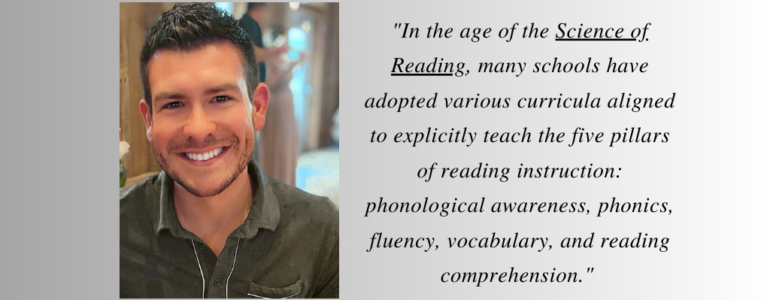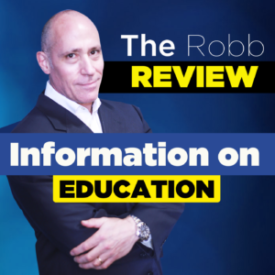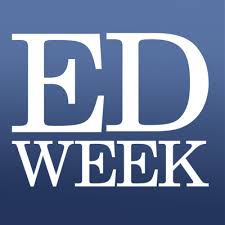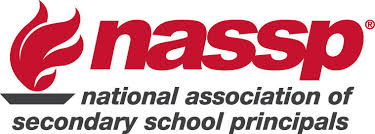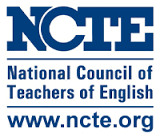By Cameron Carter
In the age of the Science of Reading, many schools have adopted various curricula aligned to explicitly teach the five pillars of reading instruction: phonological awareness, phonics, fluency, vocabulary, and reading comprehension. Research around reading instruction emphasizes The Reading Rope, a visual metaphor connecting language comprehension and word recognition in order to build a skilled reader. As schools begin to pilot or implement curricula aligned with this type of explicit teaching, it is crucial for administrators to emphasize the need for teachers to continue to bridge their passion, art, and craft of teaching with the technicalities of the “science” of literacy instruction. Most curriculums on the market are scripted, containing step-by-step directions on how to teach the lesson. At times, teachers can get lost in learning the new curriculum, which leads to losing their art of teacher voice. Below are some pros and cons from teachers in regards to their experiences with scripted curricula:
Pros
-Easy access for learning standards/targets
-Helpful for substitute or guest teachers
-Can be interdisciplinary with other content areas
-An outline of activities for interventions or enrichment
-Rigorous academic content
-High level of family engagement with topics
Cons
-Feeling of restriction… worried about veering off from the script
-Lack of teacher autonomy or creativity
-A lot of prior reading before implementing the lesson with students
-Can be overwhelming for first-year teachers
-A lot of time dedicated to one content area
Teacher feedback loops show there are many pros and cons. As more schools purchase these curricula, teachers must have an understanding of not only the why for the switch, but also the importance of the how in regards to the implementation process.
Teacher Engagement is Crucial
Research shows high teacher engagement has a positive effect on student engagement levels. As professional development teams roll out scripted curriculums, it is important to express the need for teachers to continue to teach as their authentic self. For example, the “script” of the curriculum is a roadmap, a guide, to aid in navigating the academic rigor of the content. Teachers must know they are still the trained expert, and they understand the needs of their students. A “tuned in” teacher will recognize when their students are disengaged. If an activity must be slightly altered to meet the students where they are, do it. This is the art of responsive teaching.
Think about your own experiences with professional development. The times where the speaker may have been monotone, or the session was primarily what we call a “sit and get”. Afterwards, or even during, you feel drained, and your brain has been essentially turned off. It is our job as teachers to use all of our craft to try not to let this happen to the students that sit before us each day.
Many teachers fear being handed a “script” and the mere thought of being asked to teach verbatim. While it is important to hit the necessary targets being addressed in the lesson, paraphrasing the language in your own words, or even language that your students may understand more effectively, is justifiable as long as the core target of the lesson is communicated.
So now what? How will you navigate the uncharted waters of a scripted curriculum?
Teacher Tips
–Embrace the unknown! You are a learner alongside your students
–Be honest. Share with your students that this is new for you and that you will make mistakes… It’s okay! Students need to see adults modeling mistakes
–Read the manual the day prior to feel prepared
–Use different colored highlighters to designate words or items you will say verbatim and areas of the lesson that allow your creativity and art of teaching to shine
–Get connected. Find your colleagues that are in the same boat as you. Share your triumphs and tribulations
–Social media. Join curriculum support groups to get ideas
–Have fun! Continue to bring your best teacher flair
Administrator Tips
–Communicate. Share with your staff that you value their vulnerability in learning something new
–Validate. Express that you understand this will be a shift from current teaching practices
–You are learning, too. Alongside them you will help to provide the necessary supports to make this transition manageable
–Evaluations. Yes, they will still occur, however you recognize the manual will be in the teacher’s hands and mistakes will happen. It is natural and should be celebrated
In conclusion, remember this…
You are the expert, the trained professional, that best knows your students.
Whatever you do, do not lose sight of your unique art of being an authentic teacher.
]We must continue to advocate to bridge the art and science of scripted curricula.
We are stronger together.
You can do this.
Cameron Carter is currently a first grade teacher in Worthington, Ohio and an aspiring educational leader. He is pursuing his administrative licensure from The Ohio State University. Continue learning alongside Cameron via LinkedIn.
![]()

